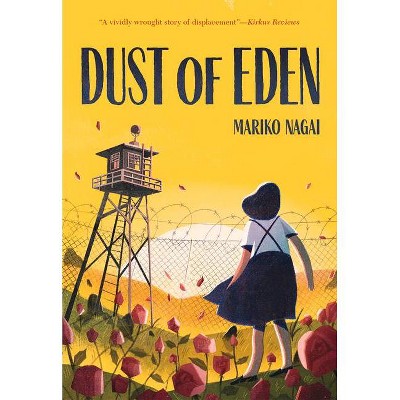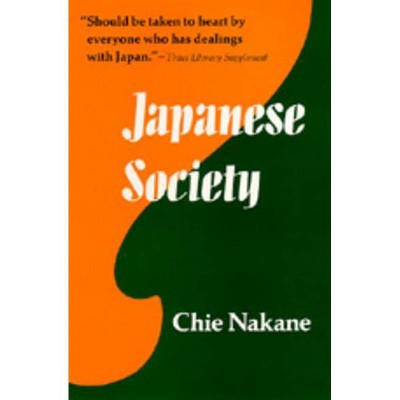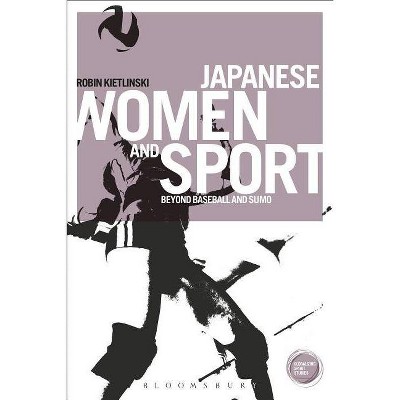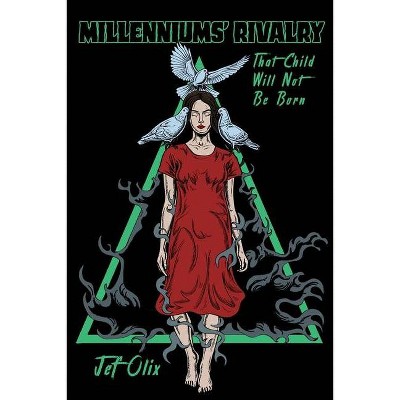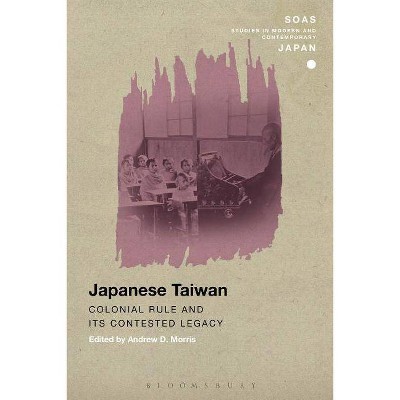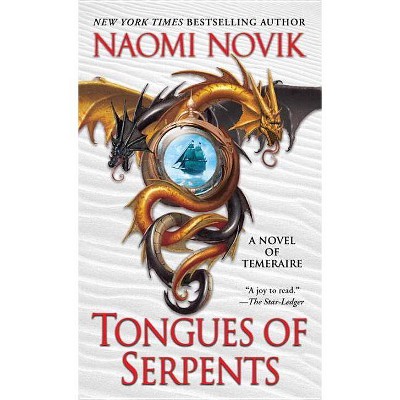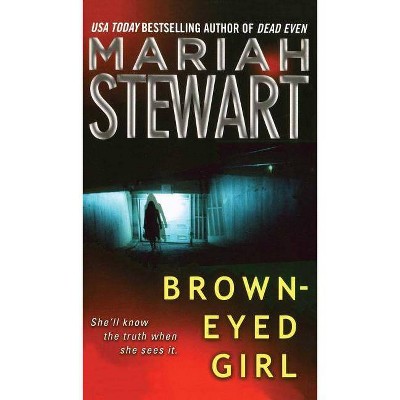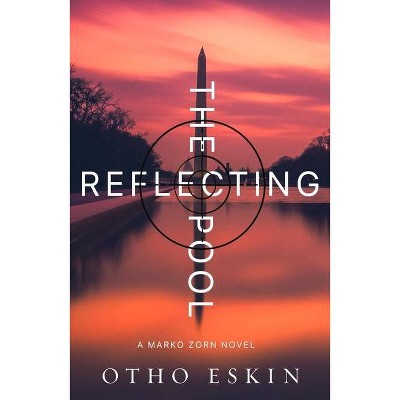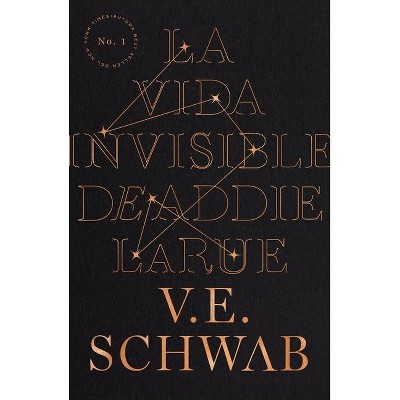Rivalry - (Japanese Studies) by Kafū & Nagai (Paperback)
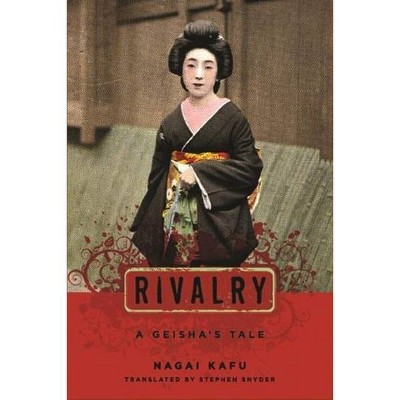
Similar Products
Products of same category from the store
AllProduct info
<p/><br></br><p><b> About the Book </b></p></br></br><p>Komayo is a former geisha who, upon the death of her husband, returns to the "world of flower and willow" to escape poverty. A chance encounter with an old patron, Yoshioka, leads to a potentially profitable relationship: Yoshioka believes Komayo can restore his lost innocence; Komayo uses Yoshioka's patronage to compete in elaborate music and dance performances. As Komayo considers Yoshioka's offer, she falls in love with Segawa, a young actor who promises to turn the talented geisha into the finest dancer in the Shimbashi quarter. Komayo is eager to become the lead performer among her peers. Her ambition even tempts her to assume a third patron known as the "Sea Monster," a repellent but wealthy antiques dealer. As she grows to realize a glittering career, Komayo becomes the target of her three lovers' bitter rivalry, which leaves her both thrilled and exhausted, brutalized and redeemed. Nagai Kafu's captivating tale moves from the intimate corners of the geisha house to the back rooms of assignation, from the dressing areas of the great kabuki theaters to the lonely country villa of a theater critic and connoisseur of Shimbashi women, detailing one woman's absorbing quest to find fame, affection, and financial security.</p><p/><br></br><p><b> Book Synopsis </b></p></br></br>Originally published in 1918, <i>Rivalry</i> is regarded as the masterpiece of Nagai Kafu, a Japanese novelist known for his brilliant renderings of Tokyo in the early years of modern Japan. Stephen Snyder offers the first English translation of the complete, uncensored text, which has long been celebrated as one of the most convincing and sensually rich portraits of the geisha profession. <p/><i>Rivalry</i> tells a sweeping story in which sexual politics compete with sisterly affection in a world ruled by material transaction. Komayo is a former geisha who, upon the death of her husband, must return to the "world of flower and willow" to escape poverty. A chance encounter with an old patron, Yoshioka, leads to a relationship in which both lovers hope to profit: Yoshioka believes Komayo can restore his lost innocence; Komayo plans to use Yoshioka's patronage to compete in the elaborate music and dance performances staged by her fellow geisha. <p/>Yoshioka is eager to ransom Komayo, but as she considers his offer, Komayo falls in love with Segawa, a young actor who promises to turn the talented geisha into the finest dancer in the Shimbashi quarter. Though her feelings for Segawa are genuine, Komayo is eager to use her lover's position to become the lead performer among her peers. Her ambition even tempts her to take on a third patron known only as the "Sea Monster," a repellent but wealthy antiques dealer whose deep pockets promise to shoot Komayo to the height of celebrity. <p/>Though she finds herself at the pinnacle of a glittering career, Komayo nevertheless becomes the target of a bitter rivalry between her three lovers that leaves her both thrilled and exhausted, both brutalized and redeemed. Kafu's compelling tale takes readers from the intimate corners of the geisha house to the back rooms of assignation, from the dressing areas of the great kabuki theaters to the lonely country villa of a theater critic and connoisseur of Shimbashi women. His lush depictions of architecture and costumes and his incisive descriptions of urban life and individual motive provide a vivid backdrop for Komayo's struggle-one woman's absorbing quest to find fame, affection, and financial security in the refined but ruthless theater of Shimbashi.<p/><br></br><p><b> Review Quotes </b></p></br></br><br>An awesomely economical and incisive writer, Nagai packs this short novel with incident and astonishingly thorough characterizations.--Booklist (starred review)<br><br>This new translation by Snyder... successfully transforms Nagai's Taisho-era Japanese into flowing modern English.--Library Journal<br><br>Nagai Kafu's novel is powerfully observed, exposing the tension between the elegant surface of the geisha districts and the sexual hierarchy that unfolds behind closed doors between the geisha and their patrons. Stephen Snyder's sensitive and smooth translation draws the reader into a sometimes outrageous, sometimes alluring world. An important corrective to the romanticized and exoticizing Hollywood versions of the geisha experience.--Ann Sherif, Oberlin College<br><br>Now we have a complete translation of <i>Rivalry</i>, Nagai Kafu's novel about the couplings and calculations in the world of geisha. The inclusion of the sexually explicit scenes left out in the prior translation makes this version funnier and infinitely tougher. Komayo's distress in the final chapters can only be comprehended if we know the full demands she faces as a geisha.--Ken K. Ito, University of Michigan<br><br>Portraits of Japanese geisha most often present these women either as tragic victims of oppressive institutions catering to male sexual desire or as sexually empowered entrepreneurs navigating a harsh reality. In <i>Rivalry: A Geisha's Tale</i>, Nagai Kafu introduces us to an altogether different geisha. Because Komayo's story is not offered as an allegory for a woman's place in a man's world, she emerges as a vivid, complex character fiercely resistant to narrow-minded moralizing and simplistic glorification. Her tale pulls readers into a far more compelling world--that of messy, inconsistent, and irreconcilable human attitudes toward love, sex, power, and performance.--James Dorsey, Dartmouth College<br><br>Snyder is to be thanked both for translating this half-forgotten novel... and for doing it so compellingly.--Bradley Winterton "Taipei Times "<br><p/><br></br><p><b> About the Author </b></p></br></br>Nagai Kafu (1879-1959) was a Japanese novelist whose translated works include <i>Autumn Wind and Other Stories</i>, <i>American Stories</i>, and <i>During the Rains and Flowers in the Shades: Two Novellas</i>. <p/>Stephen Snyder teaches Japanese language and literature at Middlebury College. He is the author of <i>Fictions of Desire: Narrative Form in the Novels of Nagai Kafu</i> and coeditor of <i>Oe and Beyond: Studies in Contemporary Japanese Literature</i>.
Price History
Cheapest price in the interval: 27 on November 8, 2021
Most expensive price in the interval: 27 on December 20, 2021
Price Archive shows prices from various stores, lets you see history and find the cheapest. There is no actual sale on the website. For all support, inquiry and suggestion messagescommunication@pricearchive.us
